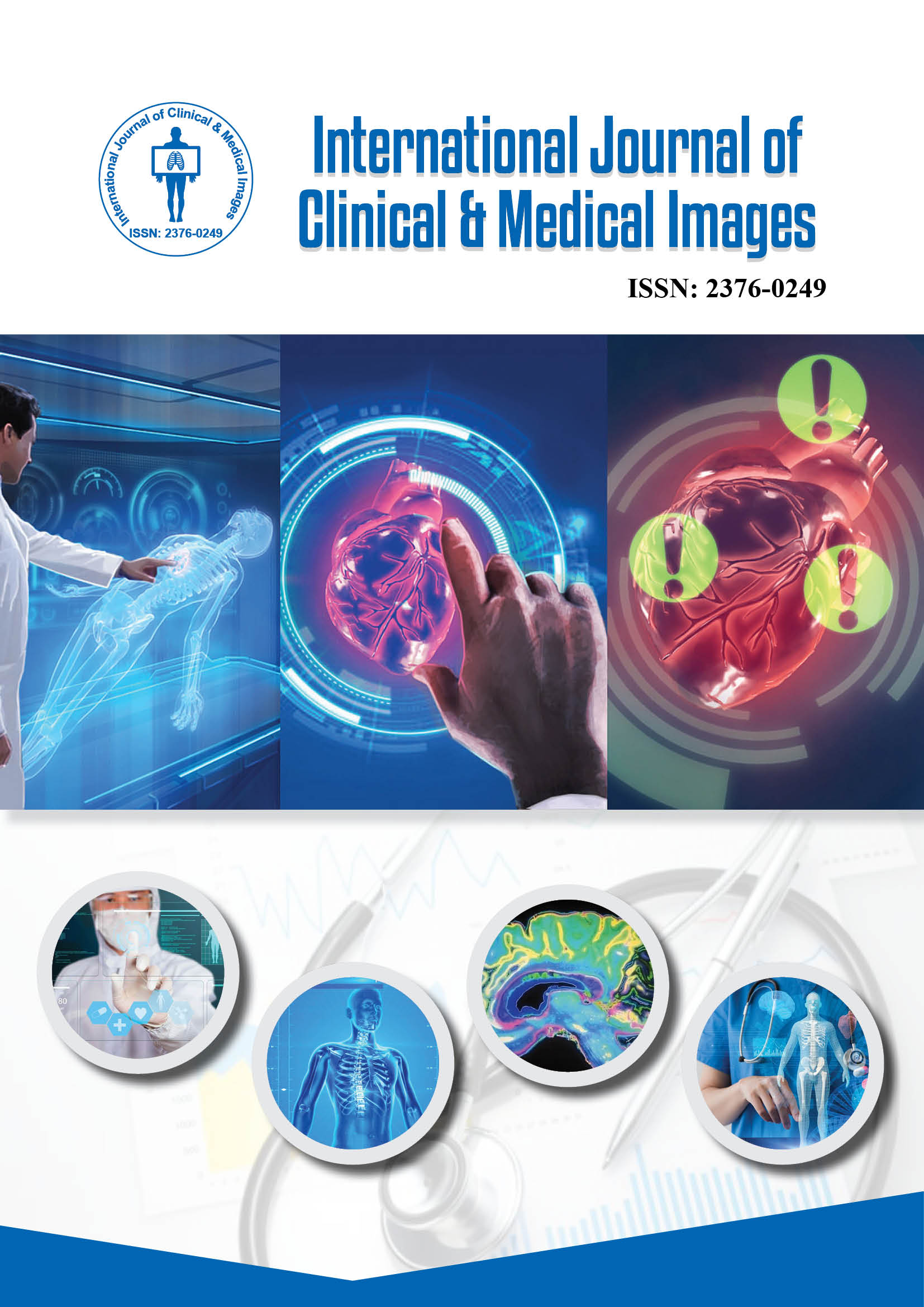2376-0249
Editorial - International Journal of Clinical & Medical Images (2025) Volume 12, Issue 4
Author(s): Kevin Maxime
Neonatal imaging plays a crucial role in the early detection and management of disorders affecting newborns during the first weeks of life. Neonatal Imaging: A Visual Guide to Early Life Disorders provides clinicians with a comprehensive visual understanding of structural, metabolic and developmental abnormalities that can impact neonatal health. Since clinical signs in newborns are often subtle or nonspecific, imaging serves as a vital extension of physical examination, allowing detailed evaluation of the brain, lungs, heart and other organ systems. High-quality visual representation enhances diagnostic precision and guides timely therapeutic interventions.
The advancement of imaging modalities has significantly improved neonatal care. Techniques such as ultrasonography, Magnetic Resonance Imaging (MRI) and Computed Tomography (CT) are now widely used to assess congenital anomalies, birth injuries and complications related to prematurity. Ultrasound, being non-invasive and radiation-free, is particularly valuable for bedside evaluations in neonatal intensive care units. MRI offers superior soft-tissue contrast, making it essential for diagnosing neurological and developmental disorders. Together, these tools help clinicians understand disease mechanisms and plan individualized treatment strategies [1].
Visual atlases and pictorial guides in neonatal imaging have become indispensable for medical education and clinical reference. By presenting detailed images of normal anatomy alongside pathological findings, these resources enable practitioners to differentiate between benign variations and serious abnormalities. Such visual learning aids also facilitate communication among neonatologists, radiologists and pediatric surgeons, ensuring coordinated and informed decision-making. Accurate visual interpretation contributes directly to reducing diagnostic delays and improving neonatal survival rates.
Future innovations in neonatal imaging are directed toward enhancing image resolution, reducing scan times and minimizing stress for fragile newborns. The integration of artificial intelligence and 3D imaging technologies promises faster and more accurate image analysis, assisting clinicians in detecting early signs of disease. As these advancements continue to evolve, visual guides like Neonatal Imaging: A Visual Guide to Early Life Disorders will remain essential in bridging technology with compassionate care, ensuring that the most vulnerable patients receive the best possible start in life [2].
Neonatal imaging, Early diagnosis, Congenital disorders
None.
None.
Google Scholar Cross Ref Indexed at
 Awards Nomination
Awards Nomination

